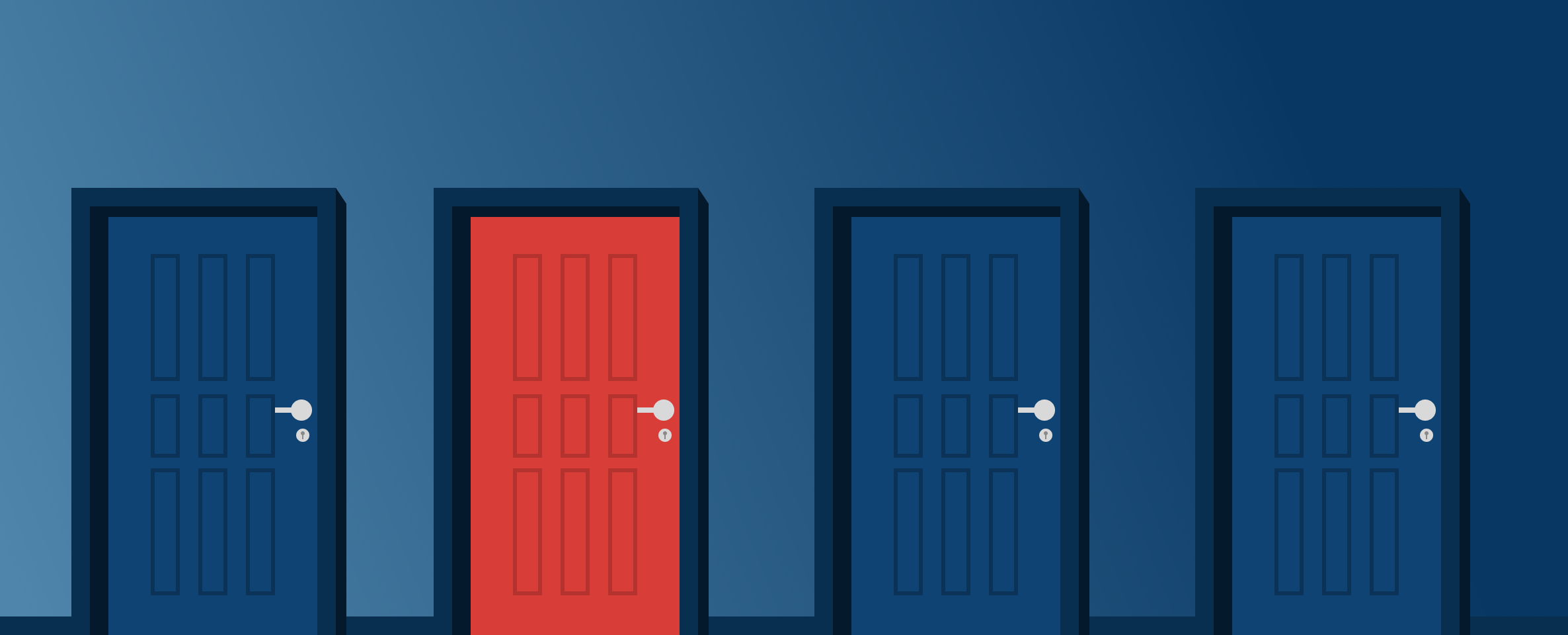Defining and implementing a design engagement model to more effectively and efficiently track and allocate design engagements.
The design team was growing rapidly and the number of design engagements was as well. Creating an engagement model to manage existing and new engagements became paramount to the success of the design team. I played a pivotal role in shaping and executing the model, leading to a more efficient and effective design team.

OVERVIEWThe Problem Statement
The design team was growing rapidly and the number of design engagements was as well, making it harder to track the work and respond to the growing number of engagements due to the lack of an engagement tracking and allocation model resulting in missed opportunities and inefficiencies.
The Objective
Create a design engagement process and model to more effectively and more efficiently track and allocate design engagements.
The Results
A 5 step end-to-end engagement model to create a consistent and systematic way to decision, track and manage engagements from the initial design engagement request through to engagement completion and impact tracking
A more streamlined process resulting in a decrease from 5 to 2 business days SLA time for new engagement requests
A development opportunity for designers on the team allowing them to either deepen their skills or take on new skills by getting assigned to multiple types of engagements and working with different internal stakeholders
Ability to measure and report impact across design engagements leading to new partnerships and opportunities across the organization
Reached our strategic allocation goals for the year which involved expanding our engagements in our Commercial and Enterprise segments
My Role
As the Engagement Director, I was leading this initiative. My responsibilities included:
Establishing the strategy and project plan
Reporting progress to the Head of Design
Leading the Senior Program Director on my team
Creating, rolling out, and managing the model within a design team of 39 designers and across the organization
Creating forms and templates for our intake form, SOWs, Design Briefs, and Post Engagement Surveys
THE PROCESSEngagement Types
The first step involved better defining the different types of engagements the team offered. Dedicated resources embedded within a squad or team (“Staffing”) was our dominant type of engagement but it was also the most intensive. Engaging in Design as a Service and diverse design projects enabled us to broaden the scope of design tasks we undertook, extend our reach across various departments of the bank, and collaborate with a wider range of stakeholders.
Intake and Traffic
Next, I created our 5 step engagement funnel to better define the end-to-end process for tracking new and ongoing engagements.
The first step was focused on intake and traffic. Engagement requests were submitted through an intake form on the internal design team site. These requests were then routed to Monday.com where they triggered intake, prioritization, and staffing. Once assigned to an engagement, designers were responsible for setting up a kick-off call with the stakeholder(s) and completing a design brief and scope of work.
Engagement Management
While nearly every design engagement was staffed and structured differently, having common program management processes and tools helped maintain delivery rigor and track progress across the team. These processes also ensured we were documenting and creating repositories for utilization in future engagements.
Post-Engagement Processes
Finally, once an engagement was delivered our post-engagement processes ensured that were following up with our partners and tracking our impact. The feedback collected from our partners was used for designer performance management and the team’s continuous improvement. For our longer-term engagements, we also created a Reevaluate step to ensure that we still had the right designers assigned to the work.
THE IMPACTAs a result, with this 5-step end-to-end engagement model, we were able to create a consistent and systematic way to decision, track, and manage engagements making the team more effective and efficient.
This engagement model was also the foundation for creating more transparency around the type of work and impact our team was having across the organization leading to new partnerships and opportunities across the organization (See “Creating Measuring & Reporting Design Impact” case study).
Finally, it also provided development opportunities for designers on the team allowing them to either deepen their skills or take on new skills by getting assigned to different types of engagements and working with different internal stakeholders.

















